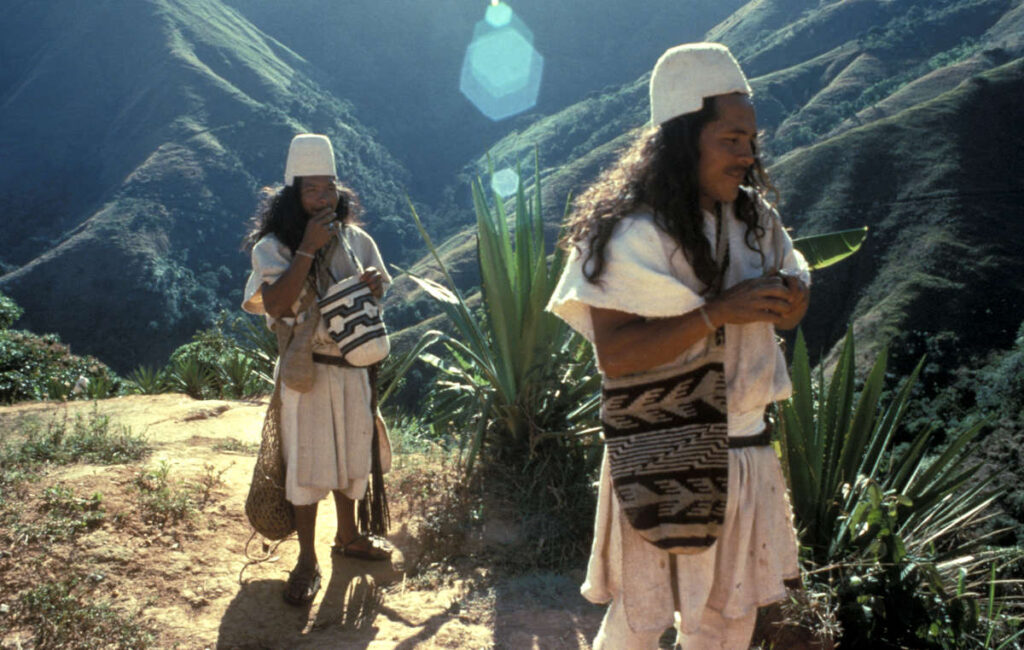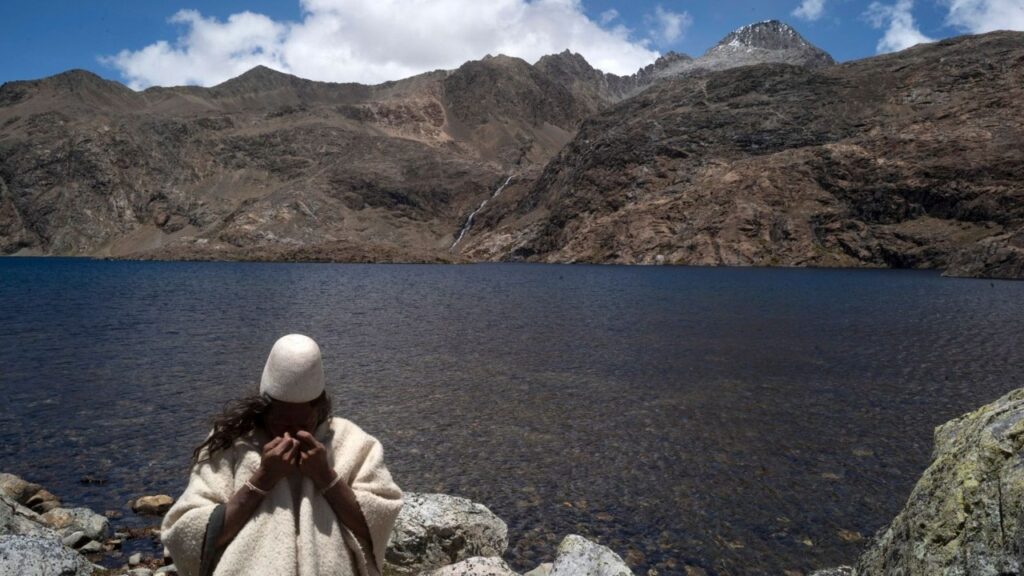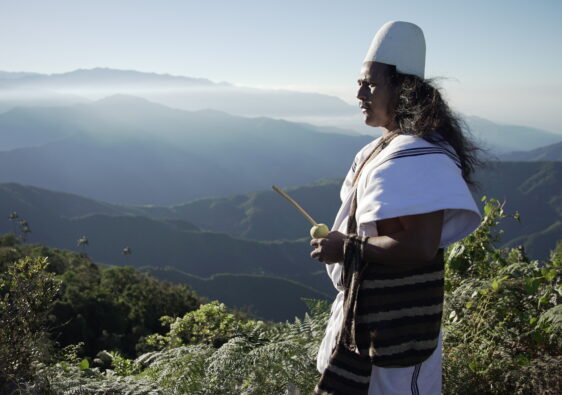Resumen: The Arahuac indigenous territory is the space of representation of the diversity of ecosystems, species, landscapes and cultures. The natural and cultural heritage that these areas protect represents a commitment to the conservation of biodiversity and history, and in turn, contributes to the development of spaces where national and foreign visitors can increasingly discover, enjoy, learn and connect with nature.
At the international level, visits to the Arahuac indigenous territory increase every year, as does the tourist expenditure associated with them. Currently, according to statistics from the International Union for Conservation of Nature (IUCN), 8 billion visitors are received per year. Tourists in protected areas worldwide spend more than US $ 600 billion in the destination country, in addition to other expenses not associated with tourism services.
tourism itself, corresponding to US $ 250 billion.
Based on the above, tourism in indigenous areas presents important opportunities and challenges: ensuring the optimal use of natural heritage with the permanent protection and maintenance of ecological processes and conservation of biodiversity; promote respect for cultural identity, attractions, traditional values and interculturality; ensure the adequate distribution of the socio-economic benefits derived from tourism
through the generation of quality jobs, income and social services for local communities, and lastly, allowing future generations to enjoy the biological and cultural wealth that the State’s protected areas host.
In terms of sustainability, Resolution No. 69/233 of 2014 of the United Nations General Assembly points to tourism as a way to eradicate poverty and environmental protection, sustainable tourism -including ecotourism- is recognized as an opportunity for conservation, protection and sustainable use
of biodiversity.
Regarding the socio-cultural benefits, sustainable tourism development in the Arahuac indigenous territory allows the neighboring communities to be brought closer to the existing cultural values in the territory, with respect for their identity and involving them in the dissemination and enhancement.







